Europe Beaches, Countryside, Food & Wine
Autumn in Scotland: Wildlife, whisky and woodland walks
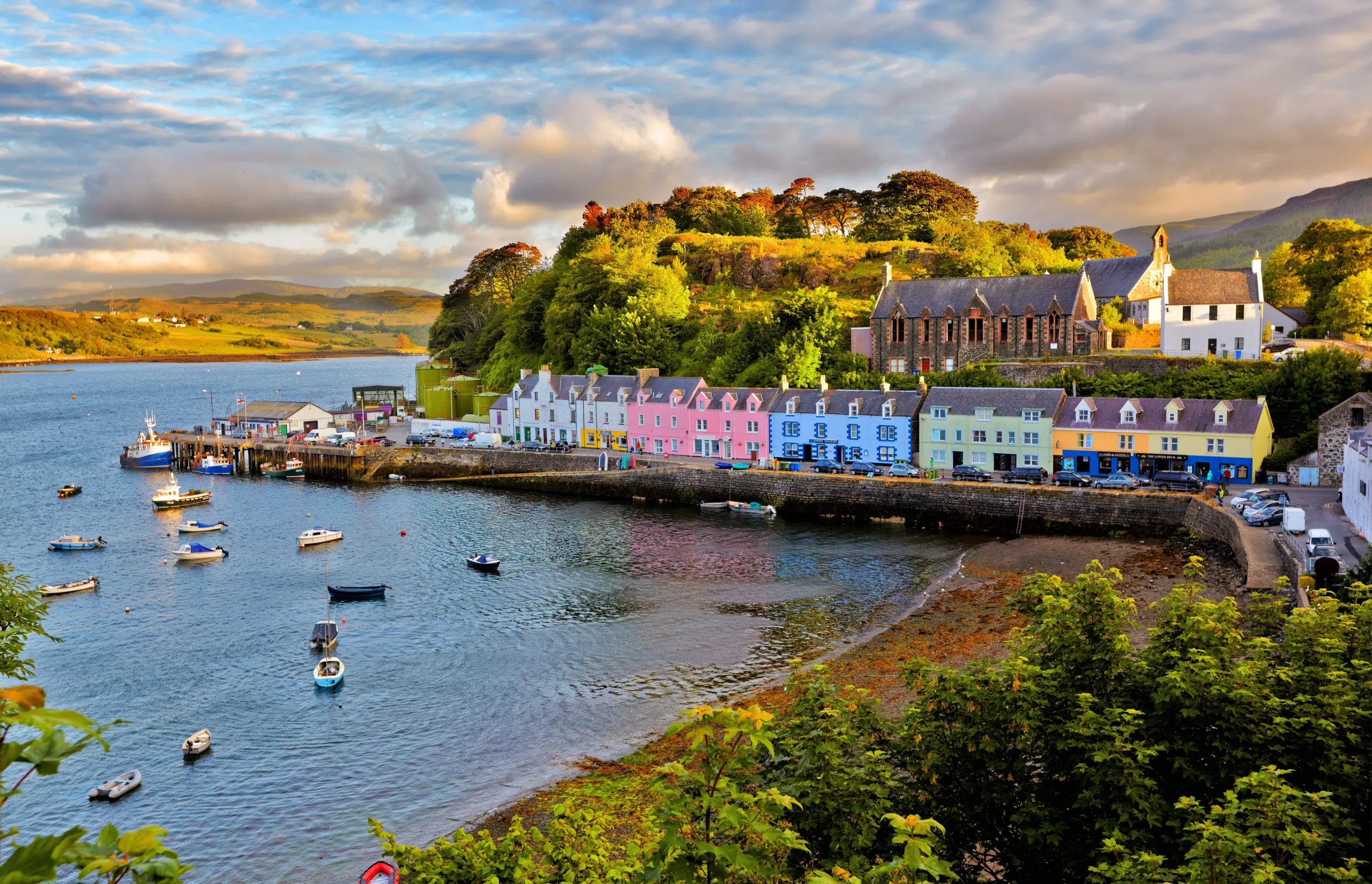
Autumn in Scotland
From heather-strewn glens to golden forests and white-sand beaches, the small but perfectly formed nation of Scotland is alive with natural wonder and an abundance of wildlife
The beech and oak woods of Dunkeld and Birnam are ablaze with millions of ochre and flame-yellow leaves. The light filtering through these curtains of colour feels almost beatific. As I stroll to the stone Hermitage Bridge to watch salmon leaping up the Falls of Braan I am almost smug. “Scotland in autumn will be dark and miserable,” my friends scoffed. If they could see me now.
To get here I drove side roads that resembled those featured in TV car adverts, with jaw-dropping vistas around every corner and gold and cinnamon blizzards of leaves whirling in the rear-view mirror. I’ve visited Scotland countless times, but I’ve never seen it so vibrant. This riot of colour is being repeated right across the highlands and islands for these few joyous weeks of autumn, with Perthshire and Aberdeenshire vying for the ‘most spectacular leaves’ award.
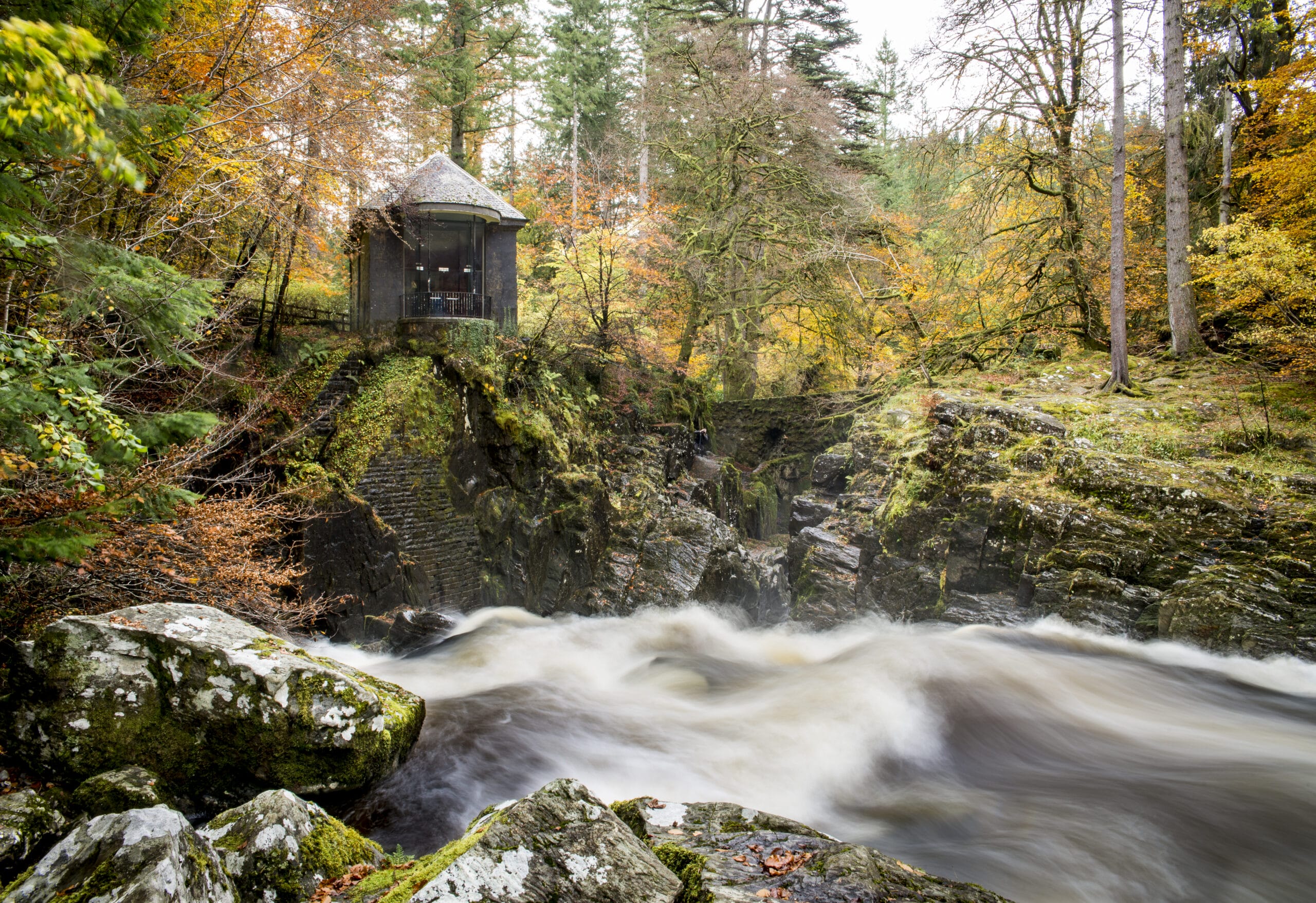
Wildlife cavalcade
Scurrying through this autumn wonderland are Scotland’s iconic animals, some of which are easier to see at this time of year. In the riverside grounds of Dunkeld House Hotel, red deer graze in the paddocks and a red squirrel hops from the undergrowth right in front of me. Its rust-hued ear tufts quiver and its cheeks are comically inflated with nuts as it looks for a place to hide them for the coming winter. Roughly two thirds of the UK’s red squirrels call Scotland’s forests home, but thanks to conservation efforts they are now thriving in urban parks and gardens, too.
Another success story is the beaver, recently reintroduced to Scotland. Fresh from bombing around Loch Tay on a speedboat, courtesy of Loch Tay Safaris, I calm my adrenaline by admiring an impressive beaver lodge right next to the marina. No sign of the architect, though. Presumably it is having a well-deserved nap after its mammoth building project.
It’s not just the Scottish mainland where wildlife abounds – it’s prevalent on the islands, too. On Hoy in the Orkney Islands, I spot a white-tailed sea eagle hunting over the waves, while on the Isle of Mull I nearly drive off the road as I see two otters frolicking on the seaweed-draped shoreline. A day later, crossing the Little Minch from the Isle of Skye to the magnificently wild island of Harris, I see dolphins in the distance… or maybe they are porpoises – it’s hard to tell in the blinding sunlight. As if that wasn’t exciting enough, I then spend a memorable two hours near the island’s white-sand beaches at the North Harris Eagle Observatory watching phenomenal golden eagles soaring on the thermals.
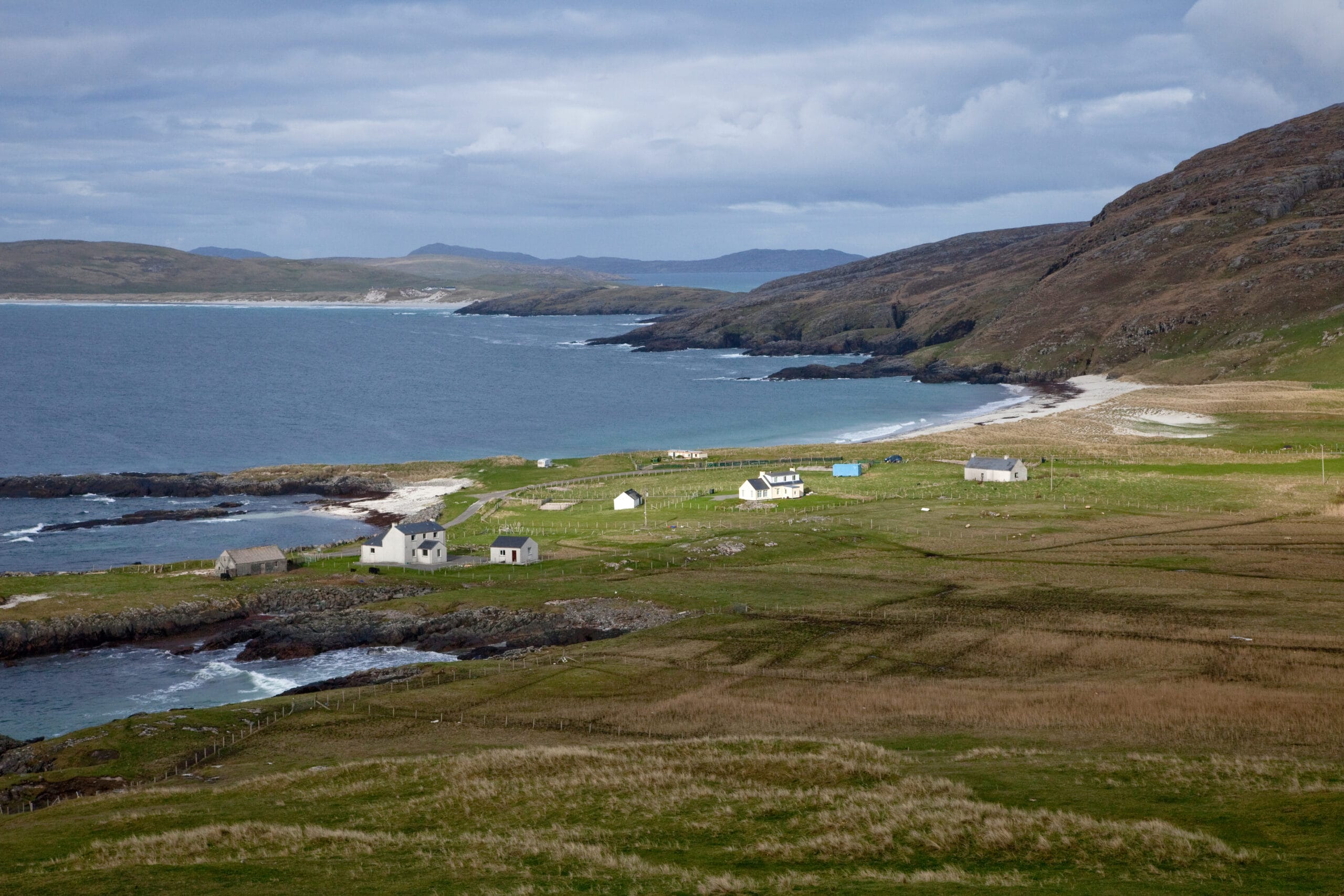
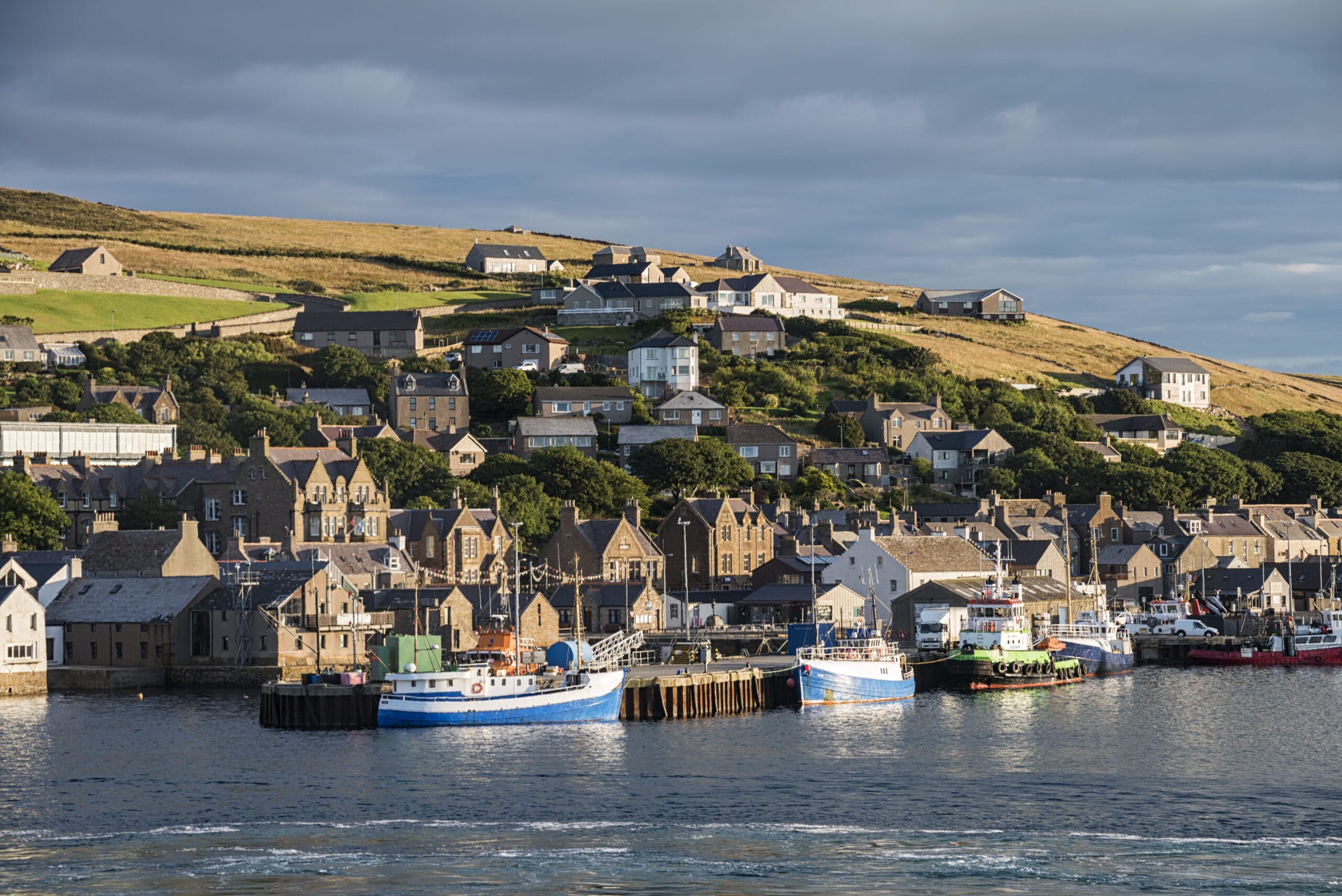
Seizing the ‘seasgair’ moment
There’s another phenomenon at work here in autumn. The Danes call it hygge but on this side of the North Sea it’s known as seasgair or còsagach – Gaelic words meaning something close to cosy, snug and protected. As the days get shorter and the wind carries the promise of storms and snow, animals and humans alike seize the seasgair moment. I find it everywhere on my autumnal journey around Scotland: sipping single malt whisky with friends on comfy sofas in the Atholl Arms in Dunkeld, sheltering in a bothy (shack) on a windblown highland safari, and poaching myself in Taymouth Marina’s loch-side HotBox sauna.
Next to the HotBox is Ferryman’s Inn, which is also awash with seasgair as I enjoy a delicious candlelit fish-and-chip dinner with a sheepskin rug over my knees after a cold, misty evening kayak across Loch Tay. Plenty of seasgair the next day, too, as I cook for myself at a farm called Ballintaggart near Pitlochry. The place has been set up by chef Chris Rowley and his brother Andrew, and centres around a cooking class. Chris teaches me to make a monkfish ceviche and roast a celeriac that has travelled all of 10 metres from the veggie patch. Meanwhile, my carnivorous friends prepare and barbecue a haunch of venison from the surrounding hills.
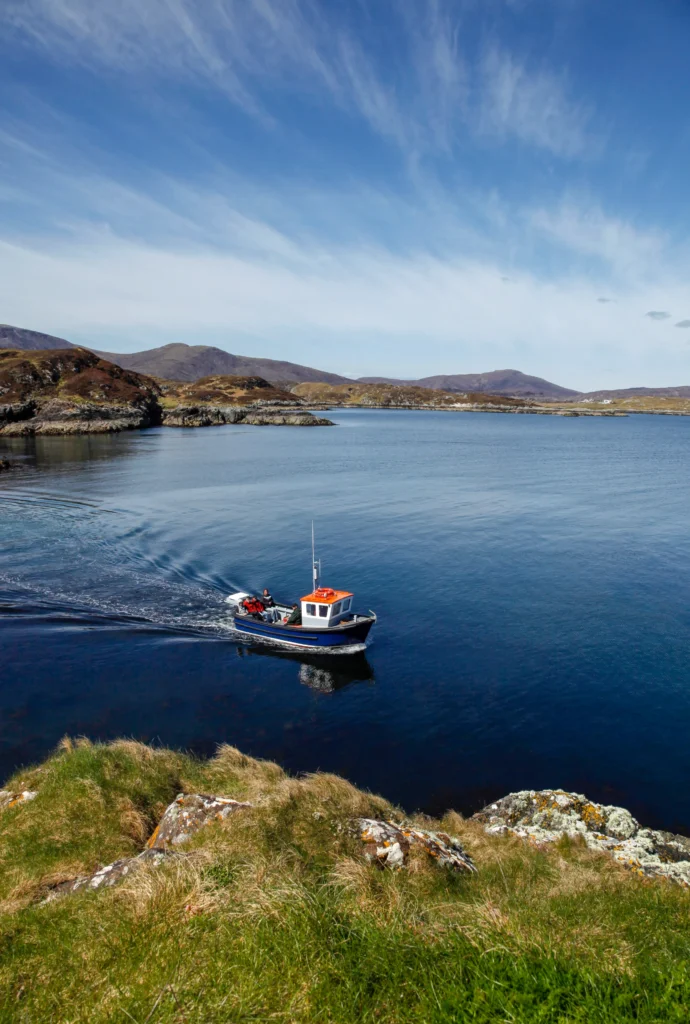
Wild produce and wee drams
Ballintaggart is the perfect example of Scotland’s ability to produce a remarkable amount and variety of produce despite many of its highland and island landscapes being unsuitable for growing anything. The farm prides itself on growing almost all produce on-site and being as sustainable as possible. It also has a couple of charming rooms, a self-catering cottage, a farmhouse for groups, and the small and delightful Grandtully Hotel nearby. There are few things as wonderfully Scottish as nursing a wee dram of single malt while sitting in a cosy room at Ballintaggart just before dinner, watching the autumn sun glint off the beech woods.
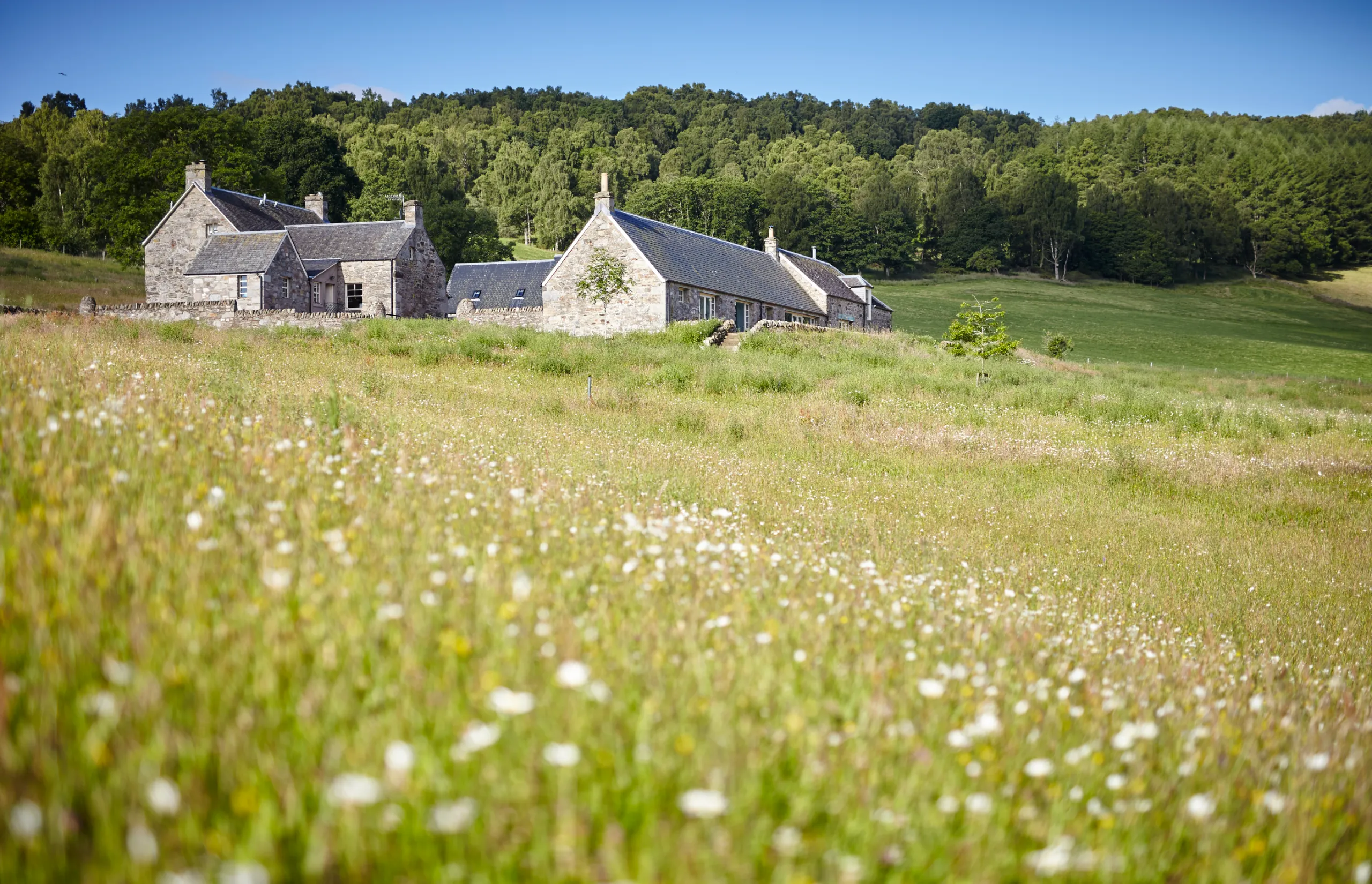

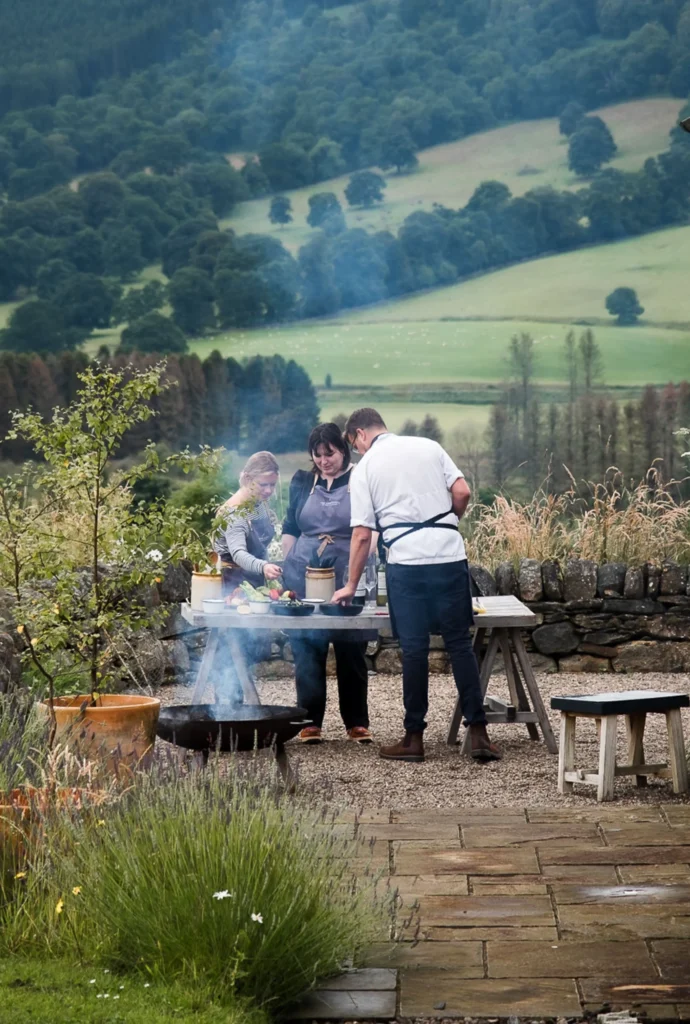
After the monkfish I crave more Scottish seafood and head some 100 kilometres northeast to the harbour town of Stonehaven and a gem of a restaurant. The Tolbooth is one of the warmest and most welcoming restaurants in Scotland, a far cry from its former life as a jail. The shellfish bisque would not be out of place in any restaurant in Marseille or New Orleans, and the fillet of hake with crayfish mornay and seaweed hollandaise instantly becomes one of my top five meals of 2024. It’s the perfect place to end my whirlwind autumnal tour of Scotland’s highlands and islands, and raise a glass to celebrate this spectacularly wild and wonderful country.
Journey notes
Emirates flies from Australia to Dubai then non-stop to both Edinburgh and Glasgow. Qatar flies from Australia to Doha then non-stop to Edinburgh (and Glasgow via London). There’s a much broader choice of flights into London; from there it’s an hour’s flight north – or, take the train.
Rates at Ballintaggart start from £185 (about AU$365) per night, including breakfast.
Taymouth Marina has four charming, self-catering houseboats moored on Loch Tay from £360 (about AU$700) for a minimum two-night stay.
Scottish Crannog Centre
Sitting on the banks of Loch Tay is an interpretive museum that quite brilliantly evokes the lives of Iron Age Scots. The Scottish Crannog Centre focuses on the ancient roundhouses – or crannogs – that locals built on wooden stilts over the loch waves. The centre’s largely local staff spirited me back in time to a much wilder, but also more sustainable, age where food and household items were all made by hand. It is fascinating and fun, and well worth a stop as you journey through the highlands.
Good to know
Autumn in Scotland means fewer tourists, less traffic, more wildlife, loads of delicious produce, plenty of seasgair moments and none of the dreaded summer midges. Instead of flying in, take the recently refurbished Caledonian Sleeper train service from London – a far more romantic and sustainable way to arrive in Scotland.
Latest Articles
Don't miss the latest from Luxury Travel
